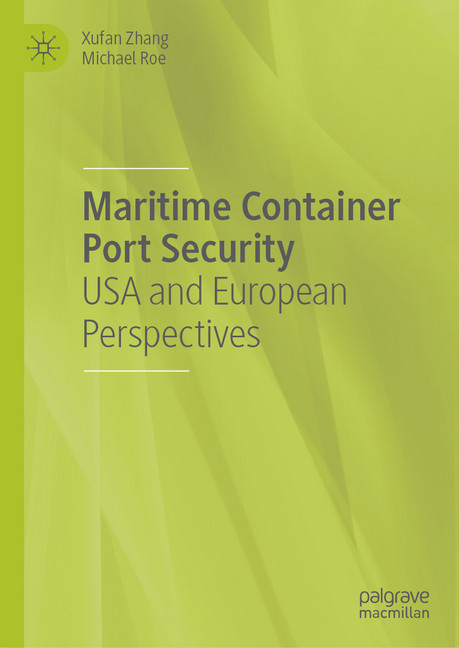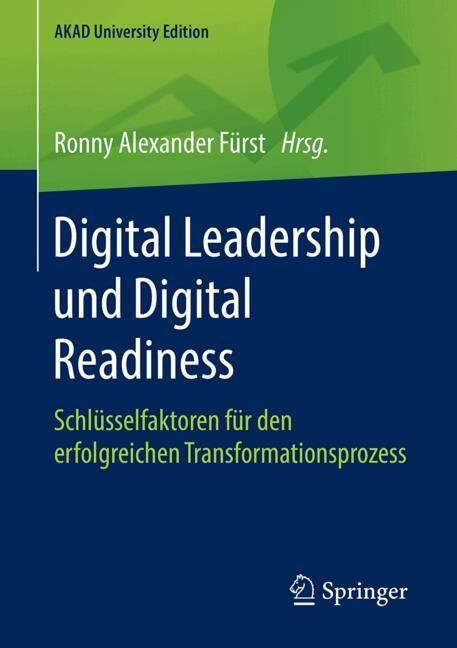Maritime Container Port Security
USA and European Perspectives
Placing special emphasis on the significant security issues associated with modern container international transport, this book provides in-depth exploration of both United States and European Union port and shipping policy, alongside that of wider international trade. The authors take an original and topical look at the security initiatives introduced by the USA and their impact in the EU. Based on original research by renowned experts in the field, this book provides vital insight for academics, government policy-makers and practitioners.
Xufan Zhang is a Lecturer in International Logistics at Beijing WuZi University.
Michael Roe holds the Chair in Maritime and Logistics Policy at Plymouth University, UK. He has extensive experience of working with maritime and logistics policy-makers across much of Europe, the Far East and the Middle East. Author of 14 books and editor of another five, Michael has published over 80 academic journal papers.
Xufan Zhang is a Lecturer in International Logistics at Beijing WuZi University.
Michael Roe holds the Chair in Maritime and Logistics Policy at Plymouth University, UK. He has extensive experience of working with maritime and logistics policy-makers across much of Europe, the Far East and the Middle East. Author of 14 books and editor of another five, Michael has published over 80 academic journal papers.
1;Maritime Container Port Security;2 1.1;Acknowledgements;6 1.2;Contents;8 1.3;Abbreviations;10 1.4;List of Figures;13 1.5;List of Tables;14 1.6;List of Equations;16 2;1 Introduction;17 2.1;References;24 3;2 Maritime Security Measures and the Container Security Initiative (CSI);29 3.1;Development of Maritime Security;30 3.1.1;Maritime Security;33 3.1.1.1;Terrorism Threats;34 3.1.1.1.1;Container Cargo;35 3.1.1.1.2;Vessels;37 3.1.1.1.3;People;38 3.1.1.1.4;Financing and Logistics Support;38 3.1.2;Overview of Maritime Security Programmes;38 3.2;The Introduction of the CSI;40 3.2.1;US Customs and Border Protection (CBP);40 3.2.2;The Establishment of the CSI;43 3.2.3;The CSI Strategic Goals and Core Elements;45 3.2.4;Joining the CSI;46 3.2.4.1;CSI Three Phases Implementation;49 3.2.5;The CSI Positive Implications for Seaborne Trade;52 3.2.5.1;Trade Facilitation;52 3.2.5.2;Establishment of a Collaborative Network;54 3.2.5.2.1;Maritime Security Measure's Implications for the Maritime Sector;56 3.2.6;Financing and Costs Associated with Maritime Security Measures;57 3.2.6.1;Ex-Ante Costs Assessment;57 3.2.6.2;Ex-Post Costs Assessment;59 3.2.6.3;The Implications of CSI Compliance Cost for Different Stakeholders;60 3.2.6.3.1;Port Authorities;61 3.2.6.3.2;Carriers;62 3.2.6.3.3;Exporters;62 3.2.7;Operational and Logistical Efficiency;64 3.3;References;66 4;3 Port Competition;74 4.1;Port Competition;74 4.2;Container Port Competition and Port Competitiveness;76 4.3;Port Selection;80 4.3.1;Port Competition and Port Selection at Regional Level;81 4.3.2;Determinants of Port Competitiveness;83 4.3.3;Port Efficiency;85 4.3.3.1;Port Ownership Structure and Port Efficiency;87 4.3.3.2;Port Size and Port Efficiency;89 4.3.4;Port Service;89 4.3.5;Other Issues;91 4.4;References;92 5;4 Models of Container Port Security;101 5.1;Conceptual Model;101 5.1.1;Maritime Transport Risk Factors;103 5.1.2;Maritime Security Measures;104 5.1.2.1;Financing and Costs;105 5.1.2.2;Efficiency;105 5.1.3;The CSI and Its Controversial Effects;106 5.1.4;EU Container Seaport Competition;107 5.2;Conceptual Assumptions;109 5.2.1;Conceptual Category 1: The Necessity of Pursuing Maritime Security Initiatives;109 5.2.2;Conceptual Category 2: Introduction of the CSI and Its Controversial Influences;110 5.2.3;Conceptual Category 3: Determinants of EU Container Seaport Competitiveness;111 5.2.4;Conceptual Category 4: The Implications of the CSI for EU Container Seaport Competition;111 5.3;References;114 6;5 Research Methodology for Container Port Security;118 6.1;Research Strategy and Method;118 6.1.1;Research Methods and Port Competitiveness Studies;119 6.1.2;The Choice of Qualitative Approach for This Research;119 6.1.3;Primary and Secondary Data Collection;120 6.1.4;Rationale for Adopting a Delphi Technique as the Qualitative Approach;121 6.1.5;The Origins and Use of Delphi;123 6.1.6;Characteristics of the Delphi Technique;125 6.1.6.1;Types of Delphi;126 6.2;Delphi Method Adopted;128 6.2.1;The Criticisms of Delphi;128 6.2.2;The Delphi Study Process;129 6.2.3;Panellist Formation;132 6.2.3.1;Panellists with Different Backgrounds;132 6.2.3.2;Panel Size;133 6.2.3.3;Process of Panel Selection;134 6.2.3.3.1;Academic Panellist Selection;134 6.2.3.3.2;Industrial Panellist Selection;136 6.2.3.3.3;Administrative Panellist Selection;137 6.2.4;Other Issues in Delphi Design;138 6.3;Survey Method for Identification of EU Port Competitiveness;140 6.4;Delphi Conceptual Statements and Rationale;142 6.4.1;Delphi Conceptual Category, Assumption and Statements;143 6.5;Outlining Delphi Design and Process;151 6.5.1;Consensus Level;153 6.5.2;Average Percentage of Majority Opinions (APMO);154 6.6;Research Ethics;156 6.7;References;157 7;6 The Delphi Research Process;169 7.1;Pilot Delphi Study;170 7.2;The Delphi Survey;171 7.2.1;Panel Participation;172 7.2.2;Size and Structure of Panel;173 7.3;Analysis of Delphi Round One;175 7.3.1;Consensus Reached After Round One;176 7.3.2;Reformulation of Statements for
| ISBN | 9783030038250 |
|---|---|
| Artikelnummer | 9783030038250 |
| Medientyp | E-Book - PDF |
| Copyrightjahr | 2019 |
| Verlag | Palgrave Macmillan |
| Umfang | 294 Seiten |
| Sprache | Englisch |
| Kopierschutz | Digitales Wasserzeichen |






